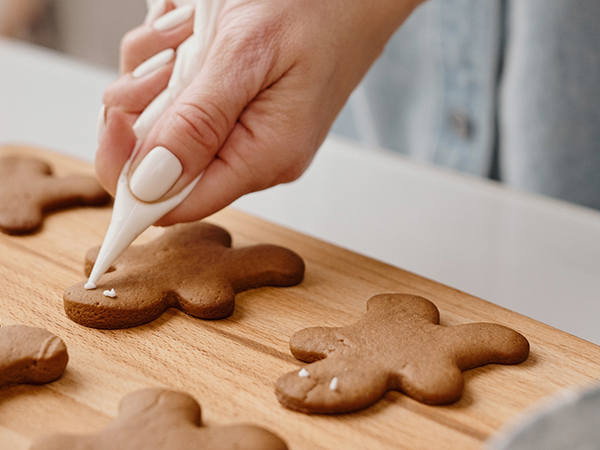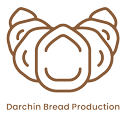
Bread Baking Techniques: Discover the Art and Science of Bread Baking
There’s something magical about the aroma of freshly baked bread wafting through the air. The process of turning simple ingredients like flour, water, yeast, and salt into a delicious loaf of bread is a true art form that has been perfected over centuries. In this blog post, we will delve into the essential techniques of bread baking, unraveling the science behind each step and understanding how they contribute to creating mouthwatering and well-textured bread.
Kneading:
Kneading is the initial step in bread baking that develops gluten, a protein responsible for the bread’s structure and texture. Gluten formation gives bread its characteristic elasticity and chewiness. To knead bread, you need to mix together the flour, water, yeast, and salt until a cohesive dough forms. Then, using the heel of your hand, push the dough away from you, fold it back, and rotate it. Repeat this process for about 10-15 minutes until the dough becomes smooth and elastic.
Proofing:
Proofing is the process of allowing the dough to rise before baking. During proofing, the yeast ferments the sugars in the dough, releasing carbon dioxide gas, which causes the dough to expand. This step is crucial as it develops flavor, improves texture, and increases the volume of the bread. To proof the dough, place it in a greased bowl, cover it with a clean kitchen towel, and let it rest in a warm, draft-free environment until it doubles in size. This can take anywhere from 1 to 2 hours, depending on the recipe and ambient temperature.
Shaping:
Shaping the dough is where you give it the desired form and structure. The shaping process determines the final appearance of the bread, whether it’s a baguette, boule, or sandwich loaf. Depending on the shape you want to achieve, gently deflate the dough and then fold and tuck it to create surface tension. This helps the bread hold its shape during baking. Take care not to overwork the dough during shaping, as it can lead to a denser texture.
Baking:
Baking is the culmination of all the previous steps and is responsible for transforming the dough into a delectable loaf of bread. Preheat your oven to the recommended temperature stated in the recipe. Place the bread in the hot oven, and the heat will cause the dough to rise further and set the structure. The outer crust forms as the sugars on the surface caramelize, giving bread its golden-brown color and desirable crunch. Baking times vary based on the type of bread and size of the loaf, so refer to the recipe for specific guidance.
Remember, practice makes perfect when it comes to bread baking. Each bake presents an opportunity to refine your technique and experiment with different flours, hydration levels, and flavors. Keep these essential techniques in mind but also allow yourself to explore and adapt recipes to suit your preferences. With time and experience, you’ll develop a deep understanding of the art and science behind bread baking, and there’s nothing more satisfying than pulling a freshly baked loaf from the oven that you’ve crafted with your own hands.
So, roll up your sleeves, gather your ingredients, and embark on a journey to master the art of bread baking. Get ready to savor the enticing aroma, delight in the texture, and enjoy the satisfaction of creating a homemade loaf that surpasses anything store-bought. Happy baking!
